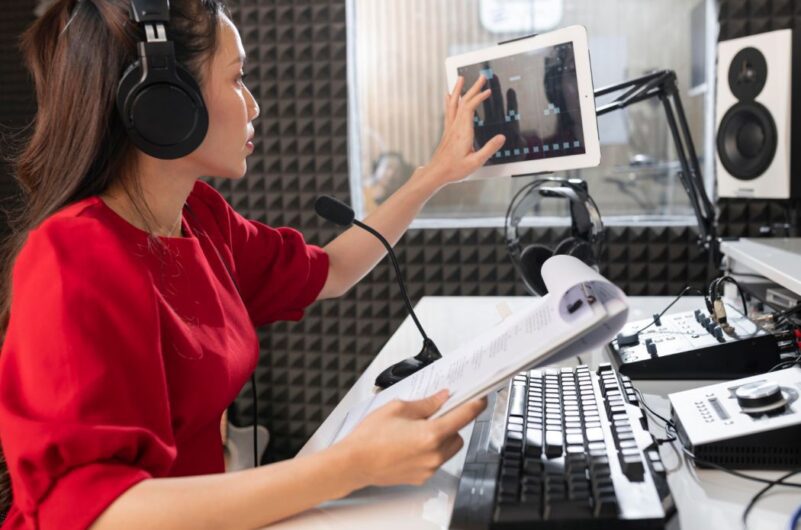What is Bilingual Dubbing
Bilingual Dubbing vs Foreign Language Dubbing vs Native Language Dubbing: What's the difference?
Bilingual Dubbing:
Foreign Language Dubbing:
Native Language Dubbing:
How Bilingual Dubbing Works?
Here's how the bilingual dubbing process typically works:
Translation: The first step is translating the original dialogue from the source language into the two target languages for bilingual dubbing.
Script Adaptation: The translated scripts are adapted to ensure cultural relevance, linguistic nuances, and synchronization with the lip movements of the actors.
Voice Casting: Voice actors fluent in the target languages are selected to provide the dubbed voices for the characters. The casting aims to match the original performances’ tone, style, and emotion.
Recording Sessions: The voice actors record the translated dialogue in separate sessions for each language. The recording sessions aim to capture the natural flow and timing of the original performances.
Synchronization: During the post-production phase, the dubbed audio tracks are synchronized with the lip movements of the original actors. This ensures that the dialogue aligns seamlessly with the on-screen performances.
Audio Mixing: The final step involves mixing the audio tracks for a balanced, high-quality sound. The goal is to maintain clarity while blending the dubbed voices with other audio elements, such as music and sound effects.
Quality Control: Quality control measures are implemented to review the dubbed content. This may involve checking for synchronization accuracy, linguistic correctness, and overall viewer experience.
Distribution: Once the bilingual dubbing process is complete and the quality is assured, the dual-language version of the content is ready for distribution to audiences who speak both languages.
The Future of Bilingual Dubbing
AI-Assisted Dubbing: Artificial intelligence (AI) technologies may play a significant role in streamlining the dubbing process. AI-assisted dubbing tools could help with quicker and more accurate script adaptation, voice matching, and lip synchronization.
Personalized Dubbing Preferences: With the rise of streaming platforms and personalized content experiences, viewers may have the option to choose their preferred language for dubbing. This could extend to a more interactive experience where users select specific voices or accents for characters.
Immersive Dubbing Technologies: Advancements in virtual reality (VR) and augmented reality (AR) could bring about immersive dubbing experiences. Viewers might enjoy content with dubbed voices seamlessly integrated into virtual environments, enhancing the viewing experience.
Real-Time Translation and Dubbing: Real-time translation and dubbing technologies could become more sophisticated. Instantaneous translation and dubbing features might enable global audiences to simultaneously enjoy live events, broadcasts, or streaming content in multiple languages.




